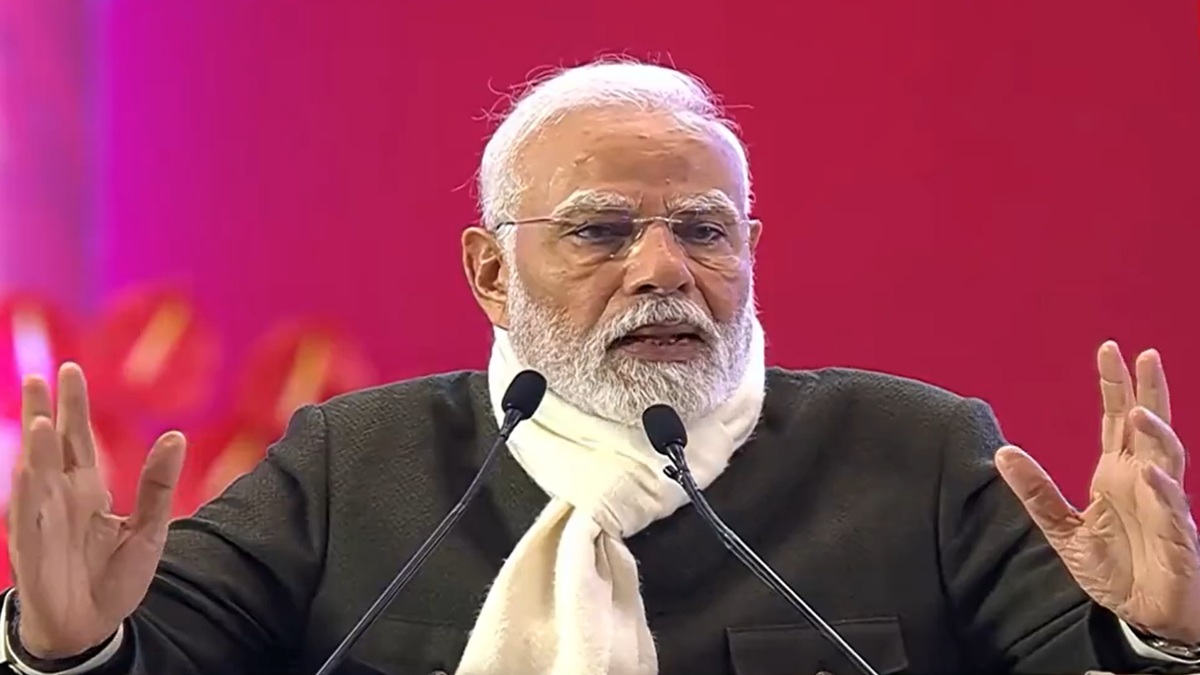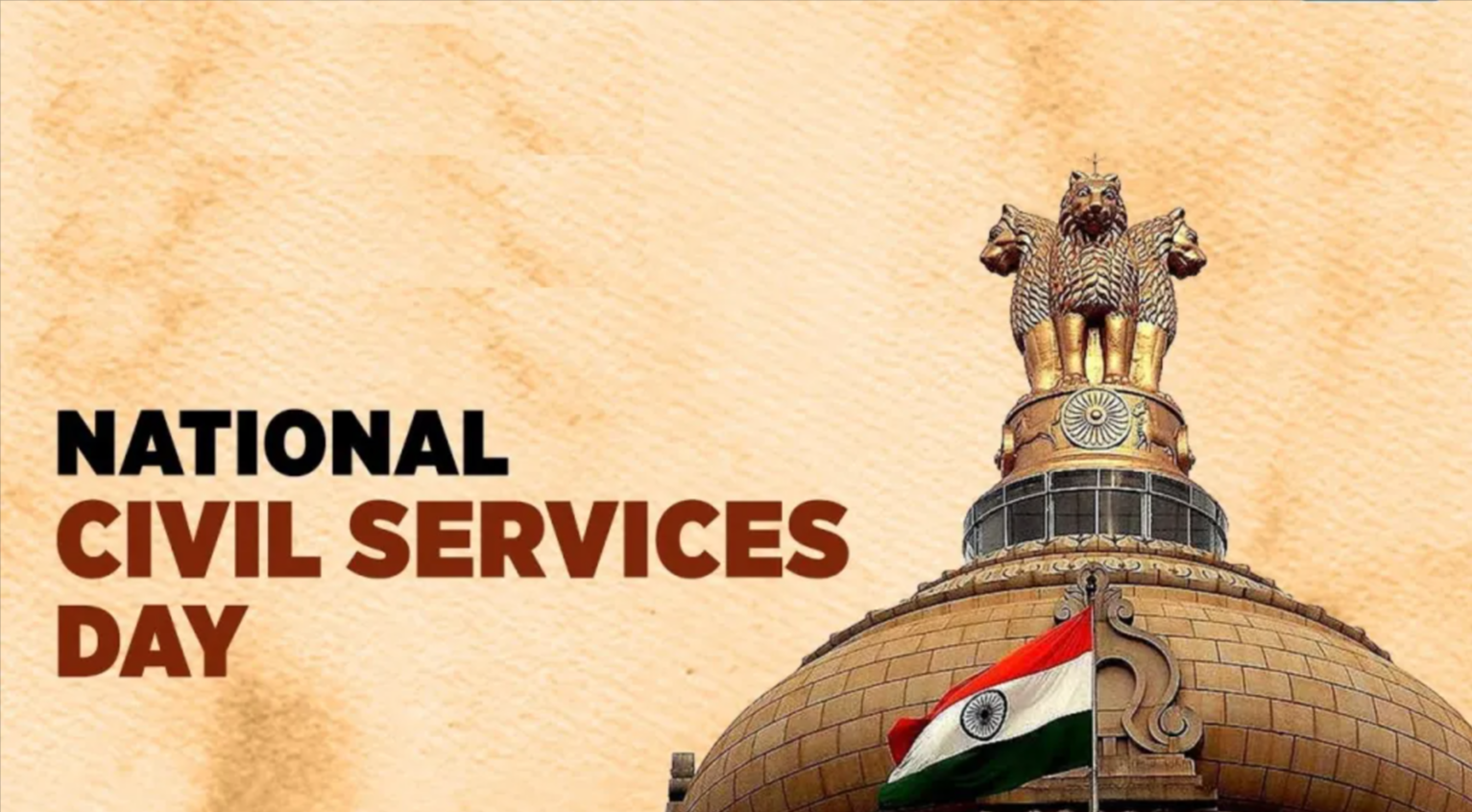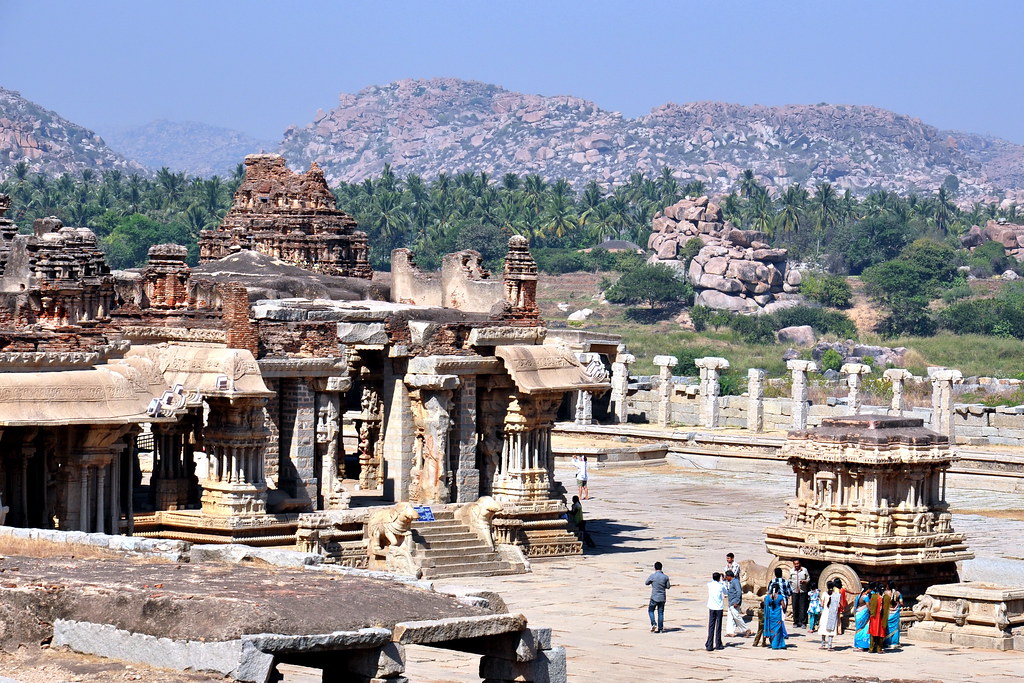
The aviation industry in India shows a revolutionary transformation because of critical regulatory changes together with expanding passenger numbers coupled with facility development and a strategic plan for universal access and sustainability and worldwide advancement. The nation will establish itself as an elite global aviation center through digital progress and connectivity programs and regulatory changes according to Viksit Bharat @2047.
Context:
-
The Indian aviation sector serves as a representation of national economic growth priorities while advancing international connections and enhanced connectivity.
-
The nation will establish itself as an elite global aviation center through digital progress and connectivity programs and regulatory changes according to Viksit Bharat @2047.
Key Points India’s Aviation Revolution:
Legislative Reforms:
-
Protection of Interest in Aircraft Objects Bill 2025 establishes Cape Town Convention standards in India to decrease aircraft leasing expenses and develop investor trust.
-
Bharatiya Vayuyan Adhiniyam, 2024 adopts updated colonial laws to enable Make in India while reducing aviation regulatory complexities.
Infrastructure Expansion:
-
Since 2014, 12 brand-new greenfield airports have started their operations and extensive development continues in Noida (Jewar) as well as Navi Mumbai Airports.
-
The Indian government plans to invest more than ₹ 91,000 crore in infrastructure projects as per the National Infrastructure Pipeline while targeting an expansion of 50 new airports alongside 120 new destinations.
-
New terminals under development at strategic cities like Varanasi and Agra.
Regional Connectivity (RCS-UDAN):
-
A total of 619 new routes together with 88 airports have become operational since 2014 while another 102 new routes are scheduled to start in 2024.
-
The UDAN Yatri Cafés serve as airports across India to provide both affordable fares and comfortable passenger travel.
-
The Scheme works towards enabling air connectivity between remote as well as aspirational districts.
Passenger Traffic and Market Growth:
-
The number of domestic air passengers who flew exceeded 5 lakhs in a single day while total annual traffic reached more than 350 million.
-
The increase in international travel reached 11.4% during 2024 which made India capture the third position among global aviation markets.
Safety, Technology, and Seamless Travel:
-
A new facility for analyzing DFDR & CVR equipment was inaugurated to advance aviation accident investigation capabilities.
-
As Digi Yatra continues its expansion only 24 airports received this system while more than 4 crore passengers completed their journeys through this platform.
-
It launched operational guidelines for seaplane transportation facilities within UDAN Round 5.5.
Sustainability and Capacity Building:
-
Airports across the world have achieved complete integration with green energy sources and major flight terminals received top distinctions for their carbon footprint initiatives.
-
A campaign has started to recruit new pilots between 30,000 and 34,000 members who will work during the following ten to fifteen years.
-
The aviation sector has started career guidance initiatives to recruit young people into aviation jobs.
Other Milestones:
-
The introduction of 5% IGST on aircraft parts will help enhance the MRO industry.
-
The current female pilot population represents between 13–18% of the aviation field but DGCA plans to achieve women holding 25 percent of all aviation positions by 2025.
-
India welcomed participants to its 2nd Asia-Pacific Ministerial Conference which resulted in the Delhi Declaration.
-
The aviation industry increased its cargo facilities to 8 million MT while placing special attention on perishable goods transportation and custom clearance simplicity.
Conclusion:
The transportation sector of India serves to lift air passengers as it advances national objectives at the same time. The aviation industry follows the national vision of Viksit Bharat @2047 through its path of innovation along with connectivity expansion and its drive for sustainable international competitiveness. Present-day aviation gains momentum from the combined power of policy and infrastructure and technology along with inclusivity to create a global leadership position and economic empowerment for India.



 PM Modi Addresses India Steel 2025: Paving the Way for a Steel-Strong India
PM Modi Addresses India Steel 2025: Paving the Way for a Steel-Strong India Pahalgam Terror Attack 2025: About Pahalgam and India’s 5-Point Action Plan Against Pakistan
Pahalgam Terror Attack 2025: About Pahalgam and India’s 5-Point Action Plan Against Pakistan Pahalgam Terror Attack: What happened and way ahead
Pahalgam Terror Attack: What happened and way ahead Extension of Mission Anveshan: Boosting India’s Energy Security
Extension of Mission Anveshan: Boosting India’s Energy Security Introduction of Hindi as a Third Language in Maharashtra – NEP 2020 Alignment
Introduction of Hindi as a Third Language in Maharashtra – NEP 2020 Alignment India Imposes 12% Tariff on Steel Imports to protect domestic industry
India Imposes 12% Tariff on Steel Imports to protect domestic industry National Civil Services Day 2025: Honoring India’s Steel Frame of Governance
National Civil Services Day 2025: Honoring India’s Steel Frame of Governance Karnataka Leads India’s First Village-Level Antiquities Survey to Preserve Cultural Heritage
Karnataka Leads India’s First Village-Level Antiquities Survey to Preserve Cultural Heritage India Marks Export Milestone with First Sea Shipment of Bhagwa Pomegranates to the U.S.
India Marks Export Milestone with First Sea Shipment of Bhagwa Pomegranates to the U.S.






